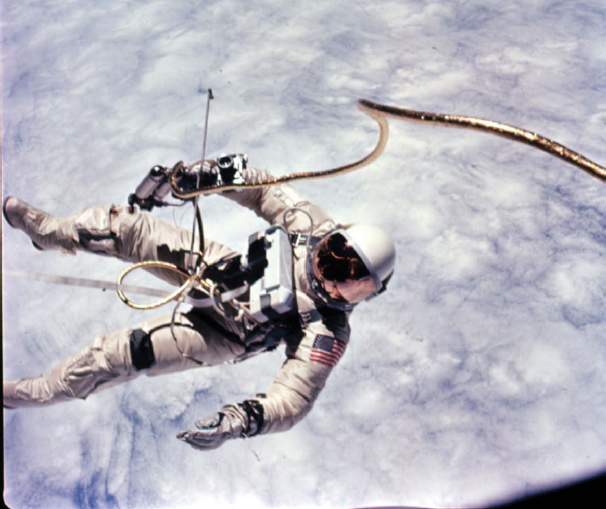
Title: Experience Lunar Conditions on Earth: Inside ESA’s State-of-the-Art Lunar Training Facility
In a sprawling warehouse located in Cologne, Germany, astronauts are confronting the challenging scenarios of the Moon—all while remaining on Earth. This remarkable feat is made possible by the European Space Agency’s (ESA) revolutionary training center named LUNA, which integrates pioneering physical and digital technologies to equip teams for the upcoming age of lunar exploration.
Central to this advanced facility is a 700-square-meter replica of lunar terrain, featuring 900 tonnes of uniquely crafted lunar dust simulant. Yet, in addition to the tangible experience, there exists a highly developed virtual realm. This visionary combination of terrain and technology enables astronauts to operate, train, and solve problems as if they were actually on the lunar surface—blending the advantages of a physical atmosphere with the flexibility of extended reality (XR).
Addressing Lunar Difficulties on Earth
Among the most daunting hurdles that lunar adventurers will encounter are the Moon’s extreme lighting conditions. With no atmosphere to soften sunlight, astronauts face an abrupt contrast between blinding brilliance and deep darkness. These dramatic differences can disrupt human sight and spatial awareness, complicating secure navigation and task execution.
“Extended reality allows us to surmount many limitations intrinsic to Earth-based training environments,” states Lionel Ferra, head of ESA’s Software and AI division team. “At LUNA, we’re creating environments where crews can ready themselves for lunar challenges by testing equipment, honing procedures, and training under truly mission-like scenarios.”
Adjacent to ESA’s European Astronaut Centre, LUNA is crafted to be both immersive and functional. Astronauts don complete spacesuits and VR (Virtual Reality) headsets as they navigate a lunar-like setting designed to mimic the Moon’s surface. These training experiences engage multiple senses at once, aiding astronauts in cultivating muscle memory and mental preparedness for forthcoming missions.
Overcoming Technical Challenges
Creating a mixed-reality lunar training environment came with its own set of obstacles. The Moon’s lighting conditions presented a significant barrier for VR systems, which usually rely on optical tracking. The strong contrasts could render standard sensors ineffective. To tackle this issue, engineers devised headsets that come equipped with multi-spectrum sensors, including infrared, ensuring reliable operation in such demanding environments.
Moreover, the Moon’s regolith—the fine, abrasive dust that blankets the lunar surface—poses risks to both individuals and equipment. LUNA employs a regolith simulant called EAC-1A, developed in-house to mimic the Moon’s notoriously persistent and damaging particles. As commercial VR headsets come with fans and movable parts that are vulnerable to dust infiltration, the ESA team is designing dust-resistant equipment featuring enclosed structures and integrated breathing protection.
Augmented Reality: More Than Just a Headset
One of LUNA’s most remarkable functions is its ability to broaden training possibilities beyond Earth’s physical limitations. The virtual setting permits the simulation of spacecraft and infrastructure too large to include within the facility—such as the SpaceX Starship intended for lunar landings. Scenarios that involve microgravity or navigating complex spatial configurations can also be effectively practiced using XR modules.
Recent evaluations have confirmed the functionality of VR systems during both suited and unsuited training phases. In the future, astronauts might utilize AR (Augmented Reality) visors directly integrated into their helmets for enhanced support during lunar surface tasks, while traditional VR could be leveraged within pressurized habitats for data analysis or activity planning.
Pushing the Boundaries of Human Exploration
ESA astronaut Matthias Maurer has conducted initial testing at LUNA while wearing the ATLAS analogue suit and utilizing VR systems to replicate genuine lunar conditions. His insights and evaluations are crucial for refining the technology and training protocols ahead of European astronauts’ return to the Moon.
Currently, LUNA serves predominantly as a training location for astronauts, mission trainers, and aerospace engineers. However, the ESA aims to broaden access to ground support personnel and mission control teams, thereby unifying the entire mission framework into a cohesive training and preparation process.
Looking ahead, the facility is striving to develop a fully integrated digital twin of the Moon—an interactive 3D model synchronized with the physical moon-gravel terrain. This system would signify an unparalleled advancement in training technology, seamlessly blending reality with simulation.
The Future of Lunar Training—Now
“Immersive technologies such as VR are not merely transforming how we prepare for space missions—they’re redefining our approach to exploring entirely new realms,” remarks Ferra. “By integrating digital and physical elements, we’re establishing training environments that push the limits of what can be achieved. LUNA is not just a training site—it’s a testbed for the future of human space exploration.”
As global enthusiasm for lunar exploration builds through initiatives like NASA’s Artemis program and ESA’s own missions, facilities like LUNA are ensuring that European astronauts are not merely participants—but trailblazers—in humanity’s return to the Moon.
To keep up with advancements at LUNA and